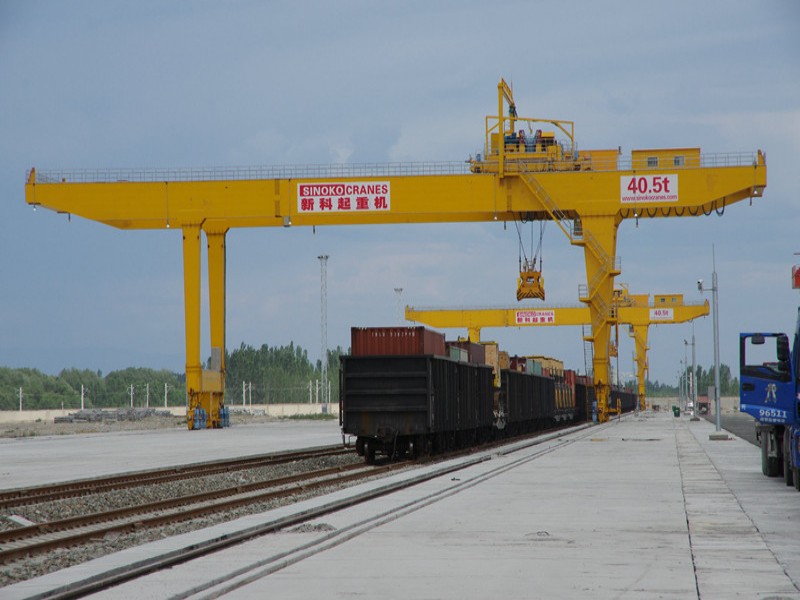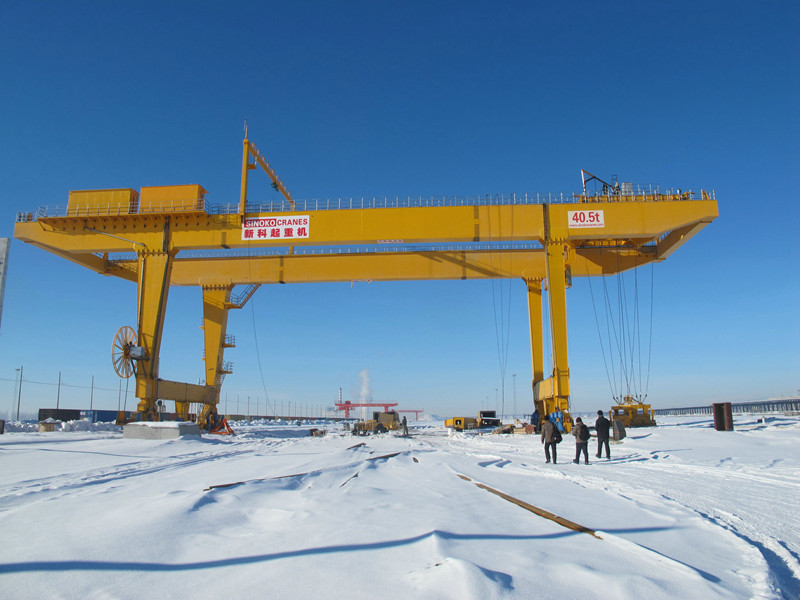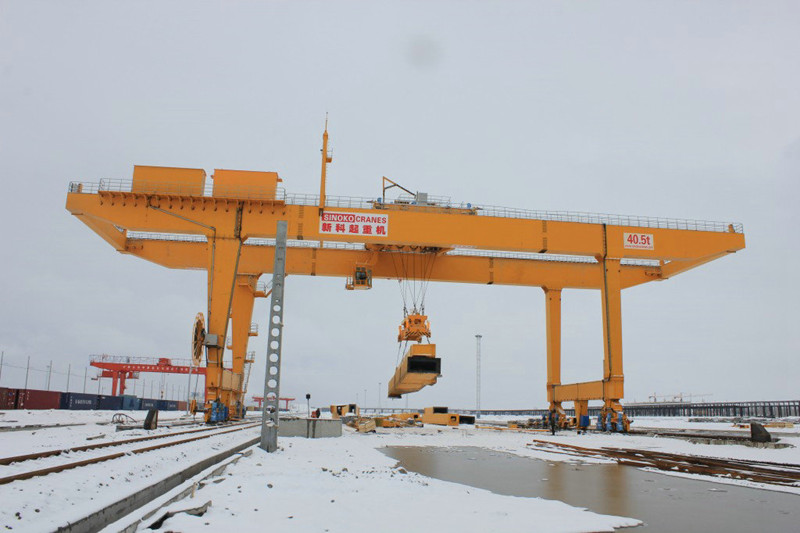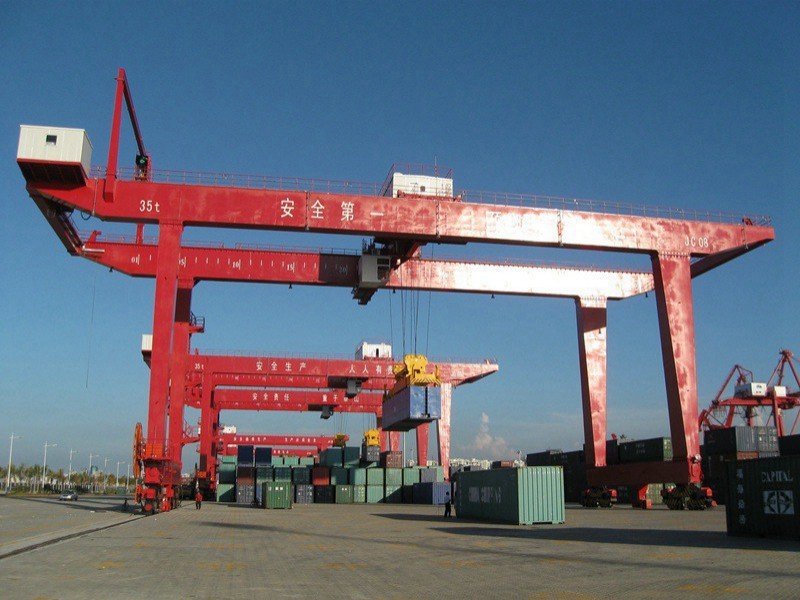Overview:
Due to its metal structure like a portal frame and carrying two legs under the main beam, Automatic Control Yard Gantry Crane can directly walk on the track of the ground, and the main beam has cantilever beams at both ends.
Automatic Control Yard Gantry Cranes consist of three parts: mechanical transmission, metal mechanism and electrical equipment. The mechanical transmission part consists of a hoisting mechanism, a crane trolley running mechanism, and a cart running mechanism. They achieved lifting and lowering of lifting goods, moving left and right, and moving forward and backward to form a working area.
Features
Adopting European electrical components, like ABB/Siemens/Schneider brands, quality is reliable and easy replacement locally.
Few trouble shooting and highly efficiency
Convenient installation and maintenance
Long service life
Optimized investment
Specification
| Lifting Capacity(t) | 5 | 10 | 16 | 20 | 32 |
| Span (m) | 10-40 | ||||
| Hoisting Speed (m/min) | 12.9 | 10.6 | 10.7 | 9.7 | 9.7 |
| Cross Travel Speed (m/min) | 38 | 36.5 | 36.5 | 36.5 | 36.5 |
| Long Travel Speed (m/min) | 72 | 72 | 72 | 72 | 72 |
| Control Model | Cabin operated through master controllers | ||||
| Working Class | ISO M5-M7 | ||||
| Steel Track | P38 | P43 | P43 | QU70 | QU70/80 |
FAQs
An Automatic Control Yard Gantry Crane is a highly automated crane designed for material handling in yards, warehouses, and ports. It offers precise control, reducing the need for manual intervention and improving operational efficiency.
The crane is equipped with advanced automated control systems, which allow it to operate with minimal human intervention. Operators can set parameters, and the crane will perform tasks such as lifting, moving, and positioning loads automatically.
These cranes are primarily used in ports, container yards, warehouses, and distribution centers. They are ideal for handling goods such as containers, heavy equipment, and large materials in an efficient and safe manner.
The main benefits include increased operational efficiency, enhanced safety, reduced labor costs, and greater precision in material handling. Automation also reduces human error and increases crane lifespan through optimized use.
The lifting capacity varies based on the model, typically ranging from 10 tons to 100 tons or more. This makes it suitable for handling both light and heavy loads in various industries.
Regular maintenance includes checking the automated control system, inspecting the hoist and mechanical components, and ensuring the safety systems are functioning properly. Routine lubrication and periodic inspections help maintain optimal performance.

















